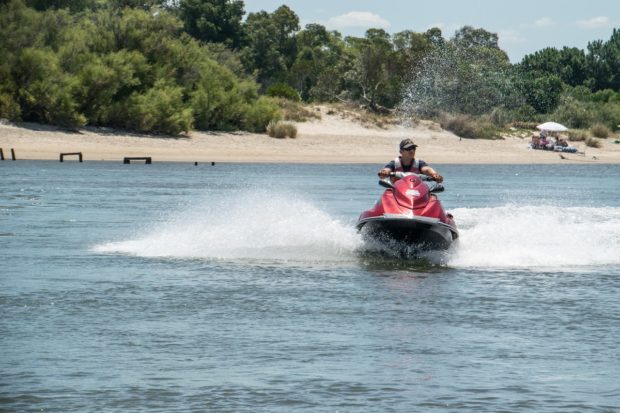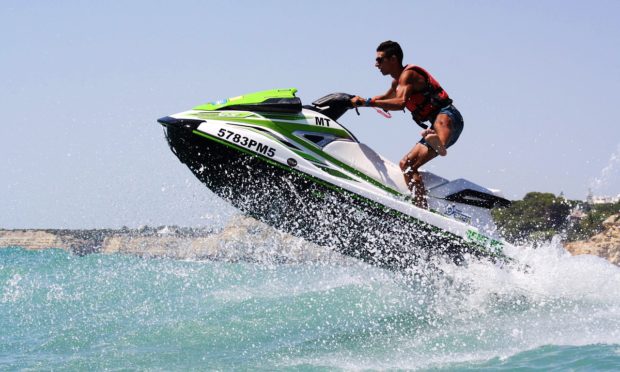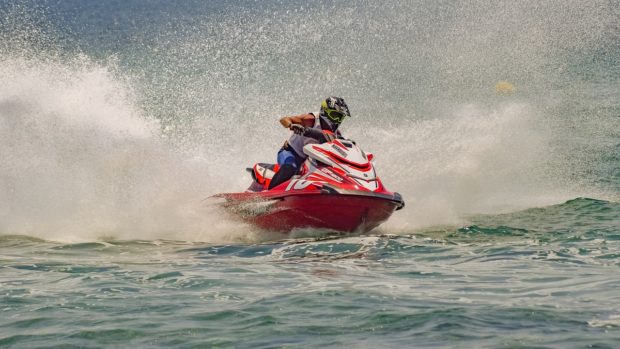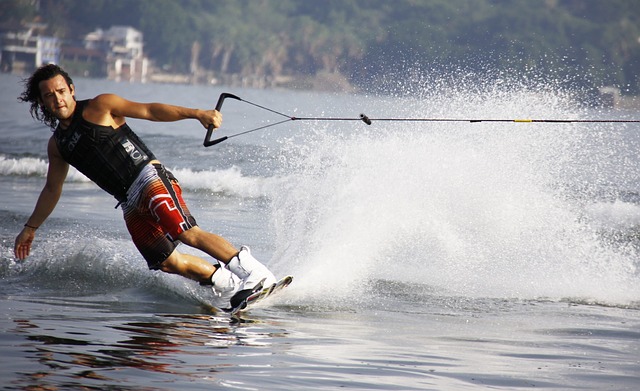Always Wear a Life Jacket
Even if you’re an excellent swimmer, wearing a life vest as you cut through the waves while riding a jet ski is a smart idea. Having one which fits you best is one of the main precautions when you go out for a water ride. This rule also follows when you have a passenger onboard your jet ski. Additionally, make sure you’re wearing the jacket properly to ensure it stays on and keeps you safe during an emergency.
Pack a Safety Kit
Aside from wearing a life jacket, it’s good to bring a small safety kit, especially when you’re planning a long riding trip. That way, even if you encounter an accident, you have the means to get help and stay safe while waiting. Remember to use a waterproof container or bag when storing the items, so they’re dry and ready for use. Some items that your safety kit must have include:
- Waterproof flashlights, preferably with LED lights for longer-lasting and brighter illumination.
- A first-aid kit that has some medicine, bandages, and antiseptic to treat wounds if there are any.
- A whistle to get the attention of nearby riders.
- A sturdy rope, in case you need to secure the jet ski in place.
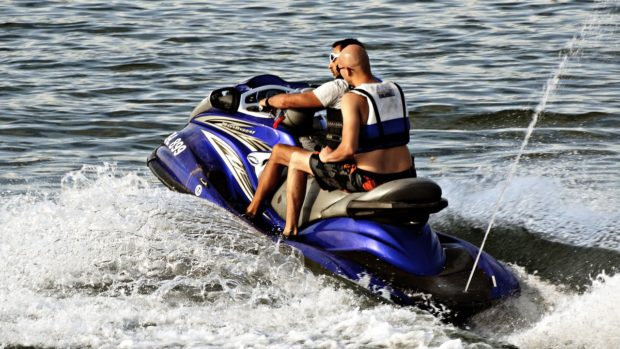
Inspect the Jet Ski Before Riding
Go through the jet ski at least once before you embark on your riding session, making sure every aspect of the vehicle is working. Lights, signal horns, and ventilation systems should be top shape and check that it has enough fuel for the whole trip. If you’re new to owning a jet ski, take time to read the manual and learn the capabilities of your wave rider ahead of your trip. Bring some safety equipment like signaling devices, just in case things go awry.
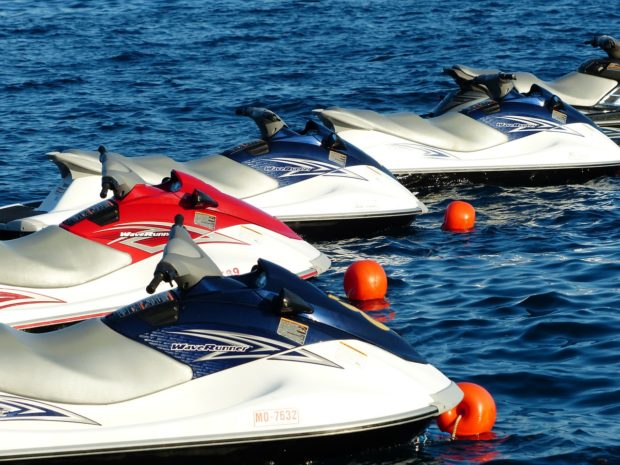
Have Proper Registration
With the coast guard classifying jet skis as class A inboard boats, it’s essential to register your jet ski, especially when riding on open waterways. Check with the local authorities if the jet ski needs registration and what documents are needed to secure one for the vehicle.
If you’re renting the jet ski, make sure it is registered and has the proper decals to show them. Not only does it guarantee the legitimacy of the vehicle, but it also protects you if anything happens to you or the jet ski during a trip.
Take Boating Safety Courses
Knowing how to stay safe on the water helps you to property respond during critical situations. As such, we recommend going through several courses in boating safety before riding a jet ski. This understanding of water safety also gives you the confidence to ride the vehicle so that you can enjoy the trip more.
Don’t Drink and Drive
Just as riding a motor vehicle on land under the influence of alcohol is prohibited, the same goes with jet ski riding. Alcohol affects a person’s motor skills and decision-making, which are crucial factors for safe driving of water vehicles.
Keep Your Eyes on the Water
Stay sound and observant with your environment while riding. Being mindful of the weather, surroundings, and other jet ski drivers will help you make the right calls when changes happen. Focus on the experience, but having a watchful eye at all times guarantees a better wave time.
Other Safety Guidelines
- If riding with a passenger, ensure that the passenger is ready to go before starting the engines. Also, check if the proper safety equipment is worn before leaving.
- Attach the cord connected to the ignition switch prior to driving. This automatically turns off the jet ski in case you fall overboard.
- The legal driving age for jet skis is 16, meaning anyone younger is discouraged from riding, especially on their own.
Takeaways
These are some basic safety tips that we recommend you should know before roaming around on your newly acquired jet ski. Staying on the safe side when riding any water vehicle, be it a boat, a yacht, or a jet ski makes the trip better and more fulfilling. And as with most new things, make room to educate yourself with water safety rules, as well as invest in the right equipment for protection, so you can enjoy crashing through waves and cutting against blue waterways.

